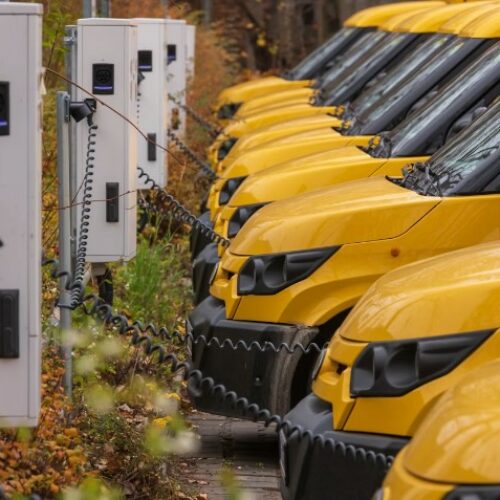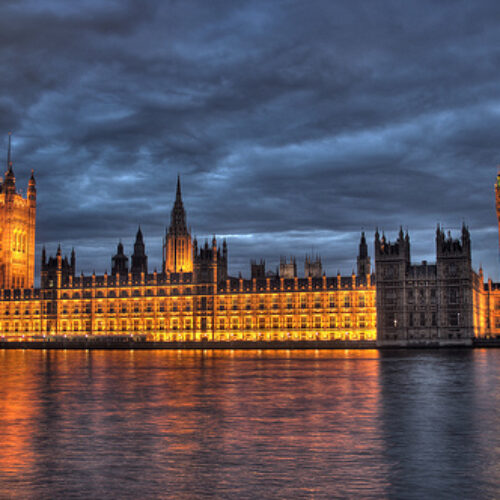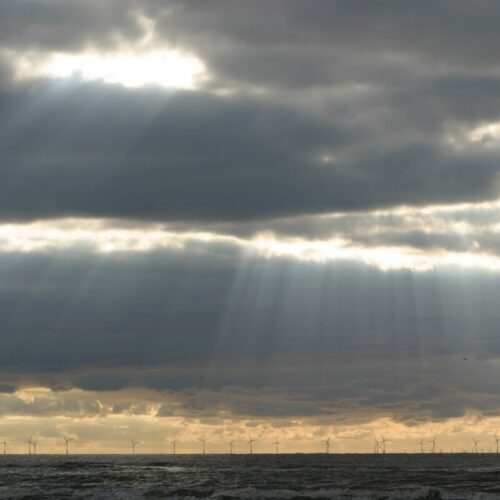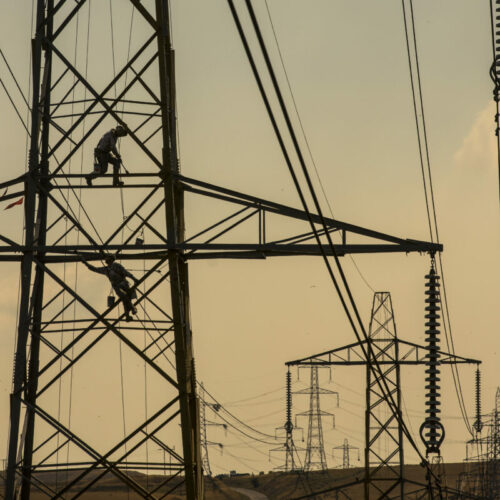If the UK meets its expanded renewable and nuclear targets, the country will have an oversupply of electricity more than half of the time by 2030, creating significant opportunities for flexible demand.
In new research from LCP, the company looked at the generation targets outlined in the British Energy Security Strategy alongside expected levels of demand, and found that 53% of the hours in the year, the UK’s grid could have an oversupply of renewable and nuclear power. By comparison, in 2022 it is expected there will only be an oversupply in 6%.
The security strategy outlined a new target of up to 24GW of nuclear power by 2050, and up to 50GW of offshore wind by 2030. It additionally highlighted that solar could grow five-fold by 2035.
“The energy strategy received the headlines for ambitious and laudable energy generation targets but a closer look reveals the significant challenge of building a decarbonised future energy mix that delivers value for consumers and ensures security of supply,” said Chris Matson, partner at LCP.
“For more than half the time in 2030 the UK’s renewable and nuclear backed energy system will be producing more energy from renewables and nuclear than it uses. Simply wasting this generation would harm both consumers and investors so a whole system approach is essential to minimise the cost of delivering net zero.”
In 2030, there is now expected to be 72TWh of excess renewable and nuclear energy, or almost 25% of current demand. 50GW of demand-side flexibility from technologies like batteries, electrolysers and interconnectors will be needed to use all of this excess.
Accelerating the expansion of demand-side flexibility would reduce the cost of balancing the grid, mitigate falling revenues for renewable generators and help consumers recognise the wider benefits of renewable power, said LCP.
“The need for significant amounts of flexibility and back-up power shows the scale of investment needed in order to deliver the government’s ambition to achieve 95% decarbonisation of the power sector by 2030,” continued Matson.
“Without a concerted programme of policy and regulatory reform to unlock this investment on a range of supporting technologies, there is a risk that the strategy will fail to cut bills in the long-term, and actually puts them up.”
In addition to the need for demand-side flexibility assets, LCP estimated 45GW of extra back-up capacity will be needed to ensure energy security during periods of low renewable output.
This gap will likely be filled by bioenergy, hydrogen and carbon capture usage and storage enabled power plants. But, over 20GW of this capacity will be used in fewer than 5% of hours.
Focusing solely on investing in renewables therefore comes with risk, as investors will see their assets turned off for periods of time or not earning revenue, warned Rajiv Gogna, partner at LCP.
“However, a diversified approach that looks for more ‘value-add’ and opportunistic approaches to infrastructure investment can balance this risk by exploring less well-established technologies such as batteries which would sit well against generation assets,” said Gogna.





